Try SDXL Turbo For Free!
Enter your prompt and wait for a second, let SDXL Turbo amaze you.

We now have superpowers. 2 College aged superheroes. Massive Muscles. Dorm room. Night. Photorealistic.
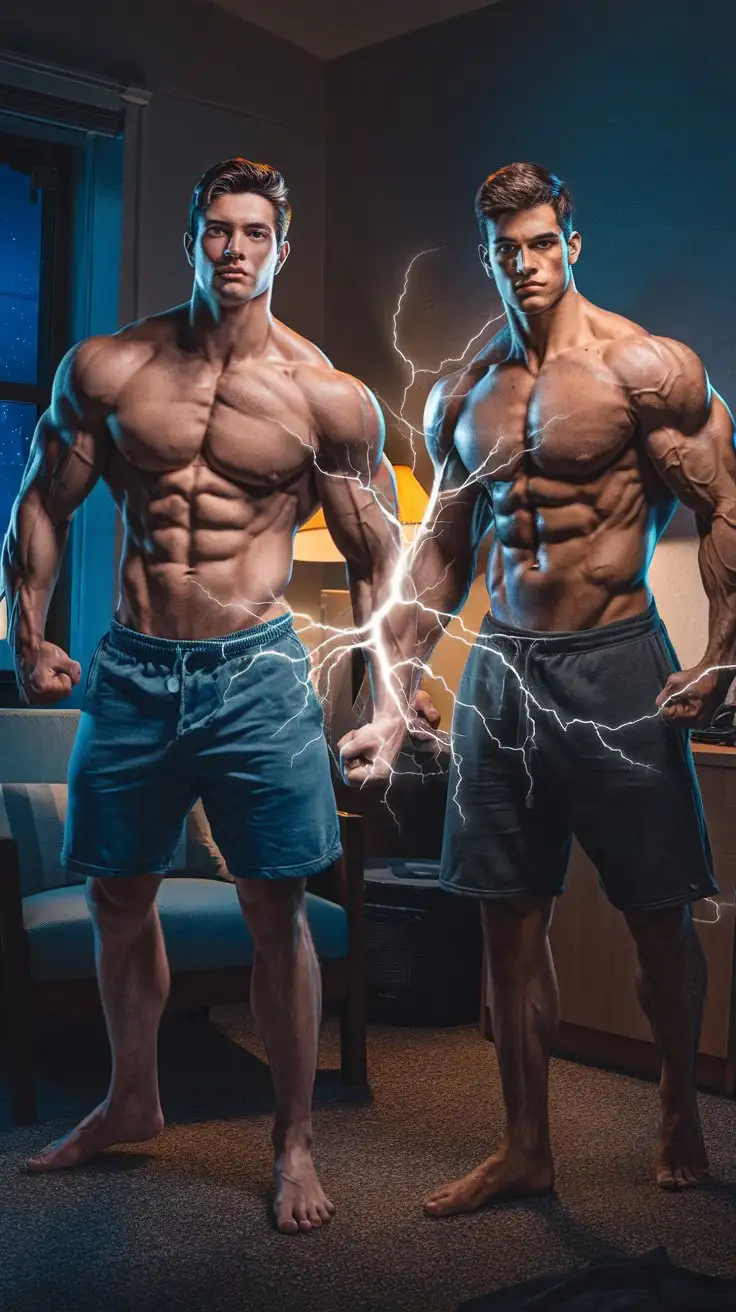
When we got our superpowers. 2 College guys. Massive Muscles. Dorm room. Night. Energy and lightning. Superheroes. Photorealistic.
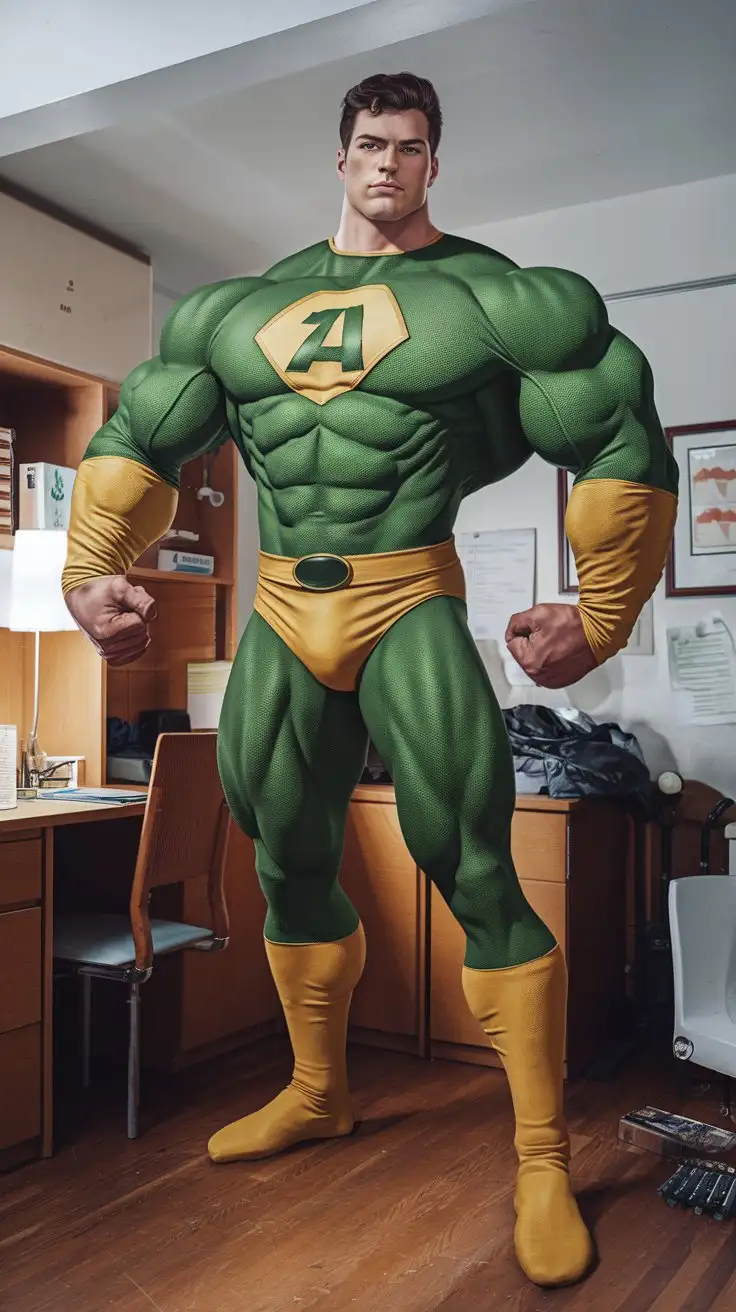
Superhero. Massive muscles. College dorm room. Photorealistic.

A vibrant, full-color geometric tattoo on the back of a man's neck, featuring interlocking triangles and hexagonal shapes in shades of deep blue, electric purple, and metallic silver. The tattoo has a 3D effect, appearing to almost pop off the skin. The background is blurred, focusing entirely on the intricate details of the tattoo.

Powerfully muscled, hugely ripped, super pumped hero man uses the powers of his mind to levitate a huge boulder into the sky. 24 years old. Photorealistic.

a boy and a girl sitting on the edge of a river, where they are wetting their feet. The river crosses a pine forest and in the background you can see a mountain with snow on top

A close-up, slightly angled shot of a paper-pieced mug rug sitting on a rustic wooden surface. The mug rug should feature a simple yet adorable design of a stylized red heart made from various shades of red and pink cotton fabrics. A white ceramic mug with a swirl of steam rising from it is placed on the mug rug. The stitching should be clearly visible, showcasing the paper piecing. The lighting should be warm and inviting, creating a cozy and comforting atmosphere. --ar 16:9 --style raw --v 5

A surreal scene featuring countless vibrant green leaves scattered and floating in the air, arranged naturally around an invisible object. The invisible object creates subtle distortions in the environment, such as bending light or shadows. The setting is a serene forest with soft sunlight filtering through the trees, creating a magical and mysterious atmosphere. Highly detailed, photorealistic textures, cinematic lighting, and a sense of wonder

abandoned soviet city at night, neon Cyryllic signs, concrete buildings, fog, 1980s dystopia, dark atmosphere, cinematic lighting

When we got our superpowers. 2 College bodybuilders. Massive Muscles. Dorm room. Night. Energy and lightning. Superheroes. Photorealistic.

High rise apartment at night. Powerfully muscled, hugely ripped, super pumped power woman stands boldly, engulfed in luminous blue energy as she transforms into a mighty superhero. Long hair. 30 years old. Photorealistic.

When I got my superpowers. College guy. Muscles. Dorm room. Photorealistic.

A fashionable woman in her mid-20s with her hair styled in a half-updo, wearing high-waisted, wide-leg beige trousers and a tucked-in, flowy white blouse with delicate lace detailing. She is standing in a stylish apartment with large windows overlooking a city skyline at night. She is wearing delicate gold jewelry and heeled sandals. The overall mood is chic, sophisticated, and effortlessly cool.

Wide, open shot of a modern Spanish living room with exposed dark wooden beams on a high ceiling. A rustic stone fireplace is the central feature. A large, comfortable linen sofa in a warm neutral color faces the fireplace, flanked by two modern armchairs with wooden frames. A chunky wooden coffee table sits in the center. A handwoven wool rug with subtle geometric patterns covers part of the wooden floor. Warm, inviting lighting from a modern floor lamp and natural light from a large window. Photorealistic, detailed textures, 8k

headshot of a person with a very short buzz cut, the hair dyed a delicate pastel pink, their expression is serene and slightly mischievous, they have fair skin with freckles across their nose, wearing a white oversized t-shirt, soft, diffused studio lighting, minimalist background, focus on the evenness of the hair color and the person's facial features, high detail, fashion editorial style.

A top-down, close-up shot of four uniquely designed paper-pieced fabric coasters arranged on a light wooden coffee table. Each coaster should feature a different simple geometric pattern using bright and cheerful pastel-colored cotton fabrics (pink, yellow, mint green, baby blue). The stitching should be neat and visible, highlighting the paper-pieced construction. The lighting should be soft and natural, emphasizing the texture of the fabric. In the background, slightly blurred, a steaming mug of coffee should be visible. The overall mood should be bright, inviting, and showcase the handmade quality of the coasters.

close-up ultra-realistic portrait of a breathtaking woman with warm brown glowing skin, deep-set almond eyes with an intense and alluring gaze, long black voluminous wavy hair, full glossy lips, high cheekbones, elegant sharp jawline, photogenic symmetrical face, confident seductive expression, soft cinematic lighting, high detail skin texture, fashion photography style, inspired by the unique charm of Ketika Sharma, Rashmika Mandanna, and Bhargavi Borse

A close-up underwater shot of a crab crawling along the ocean floor, surrounded by dark rocks and coral formations, all tinted in moody deep blue and cyan tones, subtle highlights reflecting off its glossy shell, realistic textures and details visible on both the crab and its environment, soft rays of ambient light piercing through the murky water, enhancing the mysterious atmosphere, shot with a Canon EOS R5, 100mm f/2.8 macro lens, dark aqua and cool blue color palette with low contrast shadows

In a High rise apartment at night. Powerfully muscled, hugely ripped, super pumped power woman stands boldly, engulfed in luminous blue energy as she transforms into a mighty superhero. Long hair. 30 years old. Photorealistic.

When we got our superpowers. 2 College guys. Muscles. Dorm room. Night. Energy and lightning. Photorealistic.

The night I got my superpowers. College athlete. Photorealistic.

Powerfully muscled, hugely ripped, super pumped hero man uses the powers of his mind to levitate a huge boulder into the sky. 24 years old. Photorealistic.

Wide shot of a beautifully styled coffee table in a living room. A collection of various seashells, pieces of driftwood, and smooth beach stones are artfully arranged on a decorative tray. A glass vase filled with white sand and a few starfish sits nearby. The natural textures and muted tones evoke a sense of calm and the seaside.
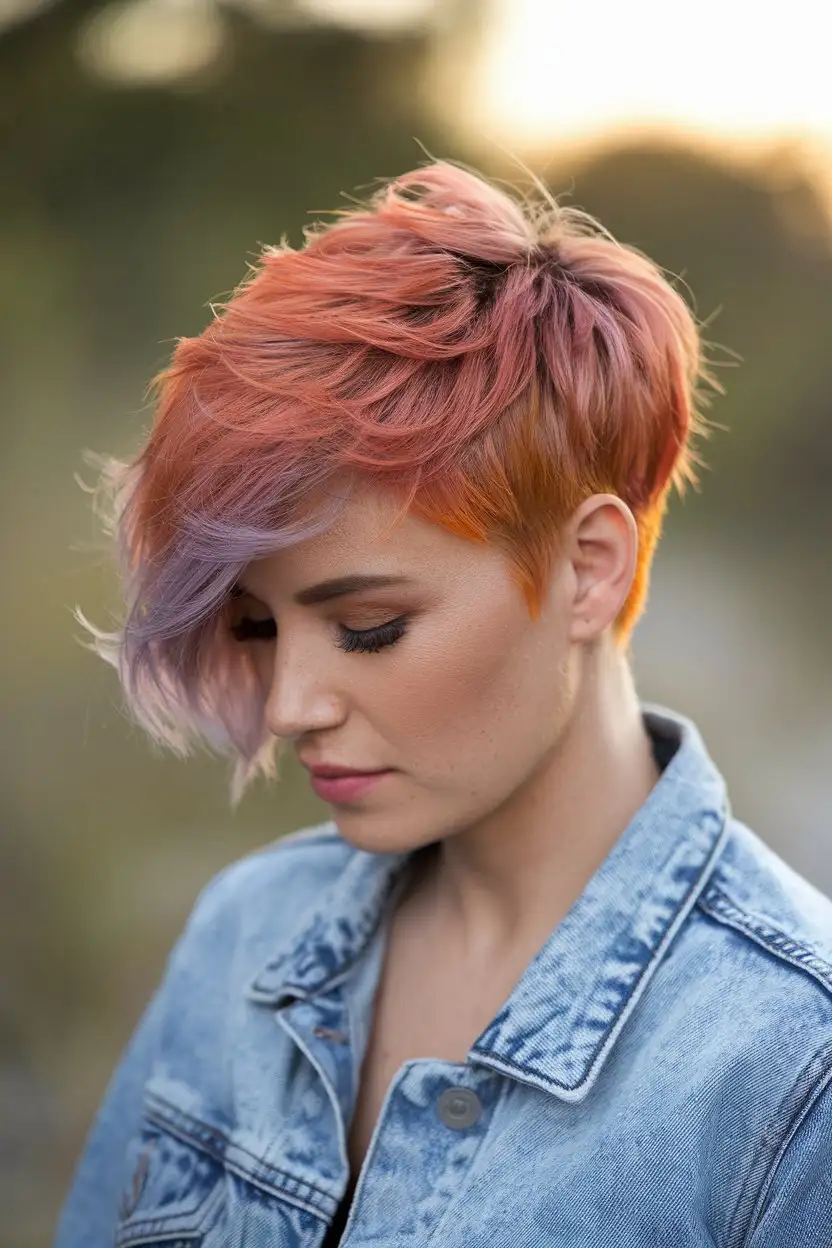
profile view of a woman with a short, textured crop hairstyle, showcasing a seamless ombre effect starting with a rich orange at the roots, transitioning to a vibrant pink in the middle, and ending with a soft lavender at the tips, her skin tone is medium, she's wearing a denim jacket, natural outdoor lighting during golden hour, focus on the hair's color transition and texture, artistic, painterly style.

A charming image of a cream-colored Maltipoo sitting attentively with its head slightly tilted, as if listening intently. The dog should be wearing a small, stylish bandana. The background should be a clean, neutral color to keep the focus on the dog. The lighting should be bright and clear, highlighting the dog's intelligent expression.

A vibrant wedding scene set in a warmly lit hall adorned with chandeliers and garlands, featuring two striking women at its heart. Parmita, a voluptuous 42-year-old Indian beauty, glows in a crimson silk sari that clings to her lush curves—full breasts, wide hips, and sun-kissed caramel skin—her dark hair cascading in waves, her eyes smoldering with sensuality. Beside her stands Nivriti, a delicate, ethereal figure in a simple white salwar kameez, her ivory skin luminous, her slender frame radiating grace, her long, sleek hair framing wide, soulful eyes. They face each other, hands touching, laughter lighting their faces, an unspoken bond shimmering between them. In the background, Sameer watches from a shadowed corner, his expression a mix of awe and longing, the air thick with jasmine and the hum of celebration.
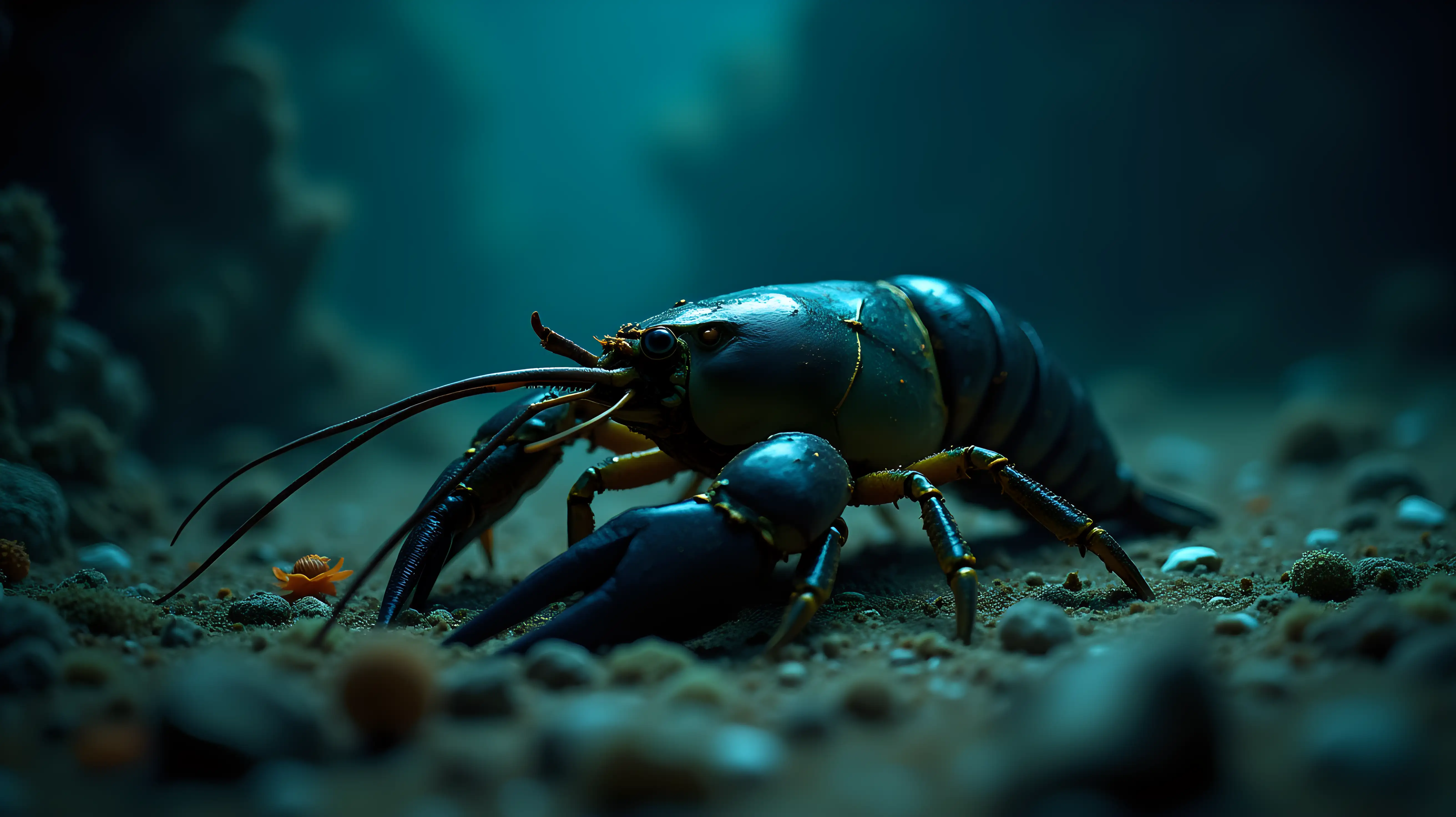
A photorealistic underwater shot of a lobster crawling over a rocky seafloor in the deep ocean, its armored shell reflecting dim ambient light, long antennae sweeping through drifting particles, claws poised and powerful, small bioluminescent organisms glowing faintly in the background, a sunken relic partially buried behind it, evoking mystery and quiet tension, shot with a Canon EOS R3, 100mm macro f/2.8 lens, cinematic underwater palette with rich shadows, deep ocean blues, and subtle golden reflections on shell textures

When we got our superpowers. 2 College bodybuilders. Massive Muscles. Dorm room. Night. Energy and lightning. Superheroes. Photorealistic.

Imagine a 13 year old girl in a devil costume, with red skirt, red stockings and black shoes, full body and realistic mode
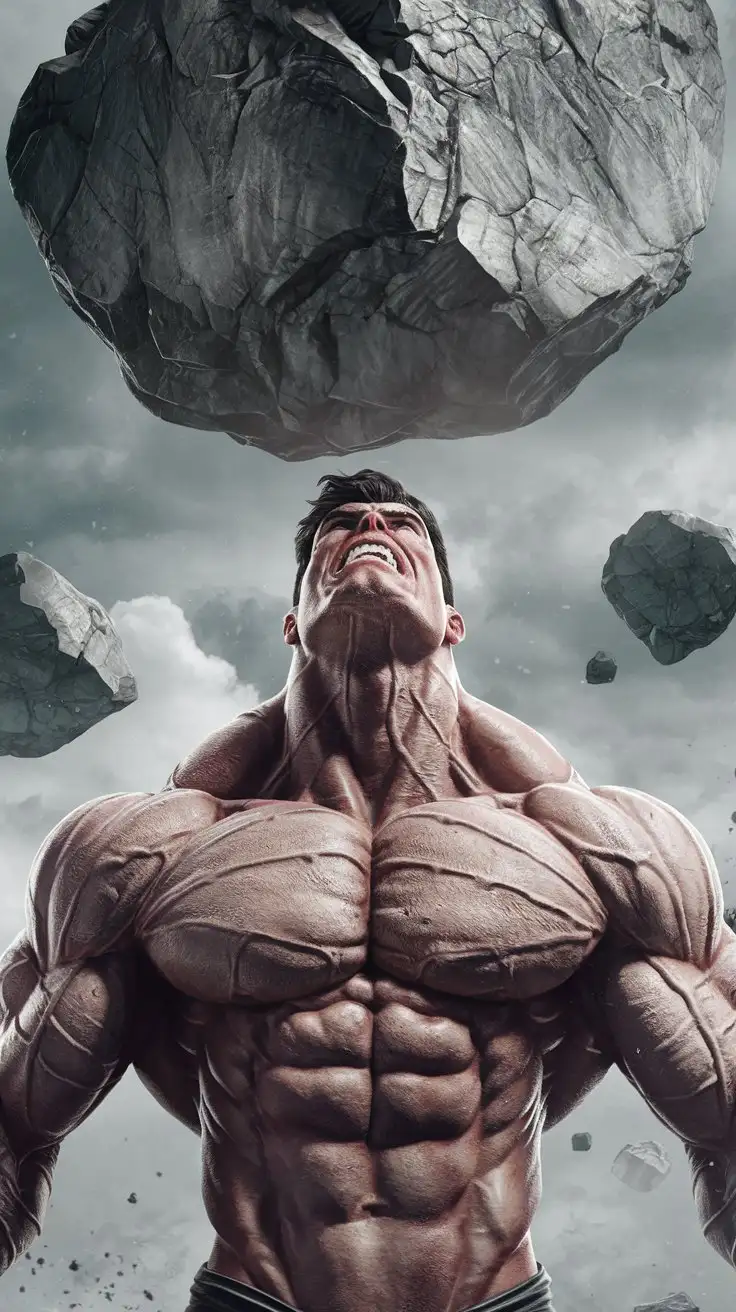
Powerfully muscled, hugely ripped, super pumped hero man stares intently at a huge boulder as it levitates into the sky. 24 years old. Photorealistic.

flower

Imagine 5 girls aged 13 with a Christmas costume, including long white socks, red skirt and black shoes, full body and realistic mode

A straight-on shot of a small, square paper-pieced wall hanging displayed on a clean, white wall. The wall hanging should feature a simple abstract design composed of triangles and squares in a calming palette of blues, grays, and whites. The paper piecing lines should be subtle but visible upon close inspection. The lighting should be even and bright, highlighting the clean lines and modern aesthetic of the piece. --ar 1:1 --style raw --v 5

A close-up shot of a small, white Maltipoo curled up on a soft, light-colored blanket. The dog should appear to be sleeping peacefully, with its fluffy fur surrounding its face. The lighting should be soft and warm, creating a cozy and inviting atmosphere. The focus should be on the dog's adorable features.

I want to convert my photo in ghibli style

A mighty, hugely ripped ultra hero flies into his high rise apartment through the open window at night. 32 years old. Long hair. Photorealistic.
What is Stable Diffusion 3 and what's new in it ?
Innovative Technologies and Architecture
Released on April 17, 2024, Stable Diffusion 3 features cutting-edge technologies such as the rectified flow technique and the Multimodal Diffusion Transformer architecture. These advancements streamline the image generation process and improve the integration of visual and textual data, significantly enhancing the quality and accuracy of the generated images.
Enhanced Text and Image Quality
The model utilizes a powerful combination of text encoders, including CLIP G14, CLIP L14, and T5 XXL, which greatly improve the text rendering capabilities, particularly in terms of spelling accuracy. It is trained on diverse datasets like COCO 2014 and ImageNet, using advanced de-duplication techniques to ensure a wide variety of high-quality training examples.
Scalability and Open-Source Ethos
Demonstrating its scalability, Stable Diffusion 3 shows continuous improvement with increases in model size and data volume. Stability AI’s commitment to open-sourcing the model promotes transparency in AI development and helps reduce environmental impacts by avoiding redundant computational experiments. This approach ensures that the benefits of AI advancements are accessible to a broader community.
SDXL Turbo Examples

Key Features and Benefits of SDXL Turbo
Revolutionary Performance
SDXL Turbo sets a new standard in text-to-image generation with its groundbreaking Adversarial Diffusion Distillation (ADD) technology. This innovative approach allows for rapid, single-step image generation, a significant leap forward from the traditional multi-step processes.
Enhanced Image Quality
Unlike other models, SDXL Turbo produces images of exceptional clarity and detail. By leveraging the strengths of Generative Adversarial Networks (GANs), it ensures images are crisp and vivid, avoiding common issues like blurriness or artifacts.
Real-Time Generation Capabilities
Ideal for applications demanding speed and efficiency, SDXL Turbo excels in generating high-quality images in real-time. This makes it a perfect fit for dynamic environments such as video games, virtual reality, and instant content creation.
Computational Efficiency
On high-end GPUs like the A100, SDXL Turbo can generate a 512x512 image in just 207ms, including prompt encoding, a single denoising step, and decoding. This efficiency represents a monumental improvement in both time and energy consumption over previous models.
Wide Range of Applications
The model’s versatility makes it suitable for diverse applications, from creating artistic and design works to aiding in educational and research projects. Its real-time generation ability opens new possibilities in interactive media and online content creation.
User Accessibility
SDXL Turbo’s ease of use is a key feature. With simple setup requirements and an intuitive interface on platforms like Clipdrop, it’s accessible to both professionals and hobbyists alike, regardless of their technical background. - Research and Development Opportunities: For researchers and developers, SDXL Turbo presents an unparalleled opportunity to explore advanced AI in image synthesis. The model’s unique approach and performance offer a rich ground for academic and commercial research.
In-Depth Technical Details and Model Information of SDXL Turbo
Innovative Model Architecture
At the core of SDXL Turbo lies the novel Adversarial Diffusion Distillation (ADD) technique. This unique architecture combines the best of generative adversarial networks (GANs) with diffusion model technologies, enabling the model to synthesize high-fidelity images in just a single step. This significant technical innovation represents a leap forward from the foundational SDXL 1.0 model, making SDXL Turbo more efficient and powerful in image generation.
Comprehensive Research and Development
Developed and funded by Stability AI, SDXL Turbo is the result of extensive research and development efforts. It stands as a distilled version of the SDXL 1.0, specifically trained for real-time synthesis. The model's design and training process are detailed in an extensive research paper, which is available for public access. This document offers deep insights into the technical workings and the innovative aspects of SDXL Turbo.
Technical Specifications
SDXL Turbo excels in generating photorealistic images from text prompts in a single network evaluation. This capability is a result of the Adversarial Diffusion Distillation method, which allows for high-quality sampling in one to four steps. The model is fine-tuned from the base of SDXL 1.0, maintaining high image quality while dramatically reducing the steps required for image synthesis.
Model Accessibility and Resources
For researchers and AI enthusiasts, SDXL Turbo’s model weights and code are readily available on platforms like Hugging Face. Additionally, the model’s implementation can be found in Stability AI's generative-models GitHub repository, which includes popular diffusion frameworks for both training and inference. These resources are instrumental for anyone looking to explore or utilize this state-of-the-art model in their projects or research.
Interactive Demonstrations and Tutorials
To facilitate understanding and adoption of SDXL Turbo, the website can feature interactive demos and tutorials. These resources can help users experience the model's capabilities firsthand and guide them through its various applications, from simple text-to-image generation to more complex image-to-image transformations.
Links to Further Reading and Research Papers
Providing direct links to the research paper and other technical documents allows visitors to delve deeper into the science and engineering behind SDXL Turbo. These resources are crucial for academics, researchers, and technology enthusiasts who wish to gain a comprehensive understanding of the model's inner workings.

Download, Trial, and Usage Information of SDXL Turbo
Free Trial and Experience on sdxlturbo.ai
The most exciting feature for visitors to sdxlturbo.ai is the opportunity to experience and use SDXL Turbo for free. Emphasize this at the forefront of the section: "Try SDXL Turbo firsthand at no cost on sdxlturbo.ai! Experience the power of real-time text-to-image generation directly through our platform." This invitation allows users to engage with the technology immediately, showcasing the model's capabilities and user-friendliness.
Easy Accessibility for All Users
Highlight the ease with which both novices and experts can access and use SDXL Turbo on the website. The platform is designed to be intuitive, ensuring that even users with minimal technical background can start generating images in moments. This feature broadens the appeal of SDXL Turbo, making it accessible to a wide audience, including educators, artists, researchers, and hobbyists.
Model Download and Implementation
For those interested in more technical engagement, provide clear instructions and links for downloading SDXL Turbo’s model weights and code from repositories like Hugging Face. This section caters to developers and researchers looking to integrate SDXL Turbo into their own projects or conduct in-depth analysis and customization.
SDXL Turbo Related Tweets
Frequently Asked Questions
What is SDXL Turbo?
SDXL Turbo is a state-of-the-art text-to-image generation model that utilizes Adversarial Diffusion Distillation (ADD) for high-quality, real-time image synthesis.
Is SDXL Turbo free to use?
Yes, SDXL Turbo is available for free, non-commercial use on sdxlturbo.ai, where users can experience and test its capabilities.
Can I use SDXL Turbo for commercial purposes?
Currently, SDXL Turbo is released under a non-commercial research license. For commercial use, please contact us through sdxlturbo.ai for further information.
How does SDXL Turbo differ from other text-to-image models?
SDXL Turbo leverages ADD technology, enabling it to generate high-quality images in a single step, significantly faster than traditional multi-step models.
What are the system requirements to use SDXL Turbo?
SDXL Turbo can be used on most modern systems with internet access. For developers, using a system with a capable GPU like NVIDIA's A100 enhances its performance.
Can I integrate SDXL Turbo into my own applications?
Yes, developers can integrate SDXL Turbo into their applications using the model weights and code available on Hugging Face and GitHub, adhering to the non-commercial license terms.
What image resolution does SDXL Turbo support?
SDXL Turbo is optimized for generating 512x512 pixel images, balancing quality and computational efficiency.
Does SDXL Turbo support text-to-video generation?
Currently, SDXL Turbo specializes in text-to-image generation. Text-to-video capabilities are not available in this version.
How can I access SDXL Turbo’s model weights and code?
The model weights and code are available on Hugging Face and Stability AI’s generative-models GitHub repository.
Are there any limitations to the content SDXL Turbo can generate?
Yes, SDXL Turbo may have limitations in rendering legible text, faces, and certain complex scenarios. It’s also governed by an ethical use policy to prevent misuse.
Can SDXL Turbo generate images from any text prompt?
SDXL Turbo is designed to generate images from a wide range of text prompts, though its accuracy and quality may vary depending on the prompt’s specificity and complexity.
Is it possible to customize images generated by SDXL Turbo?
Yes, users can influence the outcome by adjusting the text prompts, though the current version does not support fine-grained control over every aspect of the generated image.
How does SDXL Turbo ensure the ethical use of AI?
SDXL Turbo adheres to Stability AI’s Acceptable Use Policy, which guides against generating harmful or misleading content.
What support is available for new users of SDXL Turbo?
New users can access a range of resources, including tutorials, user guides, and a community forum on sdxlturbo.ai.
Can I contribute to the development of SDXL Turbo??
Yes, developers and researchers are welcome to contribute, especially those focusing on AI and image generation technology, by adhering to the guidelines provided on our repository.
Are there any plans to improve SDXL Turbo further?
Continuous improvements and updates are planned, with a focus on enhancing performance, expanding capabilities, and ensuring ethical AI practices.
Can SDXL Turbo be used for educational purposes?
Absolutely, SDXL Turbo is a valuable tool for educational purposes, particularly in fields related to AI, computer graphics, and media studies.
How does SDXL Turbo handle data privacy and security?
User data privacy and security are top priorities. SDXL Turbo complies with all relevant data protection regulations and does not store personal data without consent.
Is there a community for SDXL Turbo users?
Yes, there’s an active online community where users can share experiences, get help, and discuss best practices.
Where can I find more detailed documentation on SDXL Turbo?
Detailed documentation is available on sdxlturbo.ai and within the repositories on Hugging Face and GitHub.